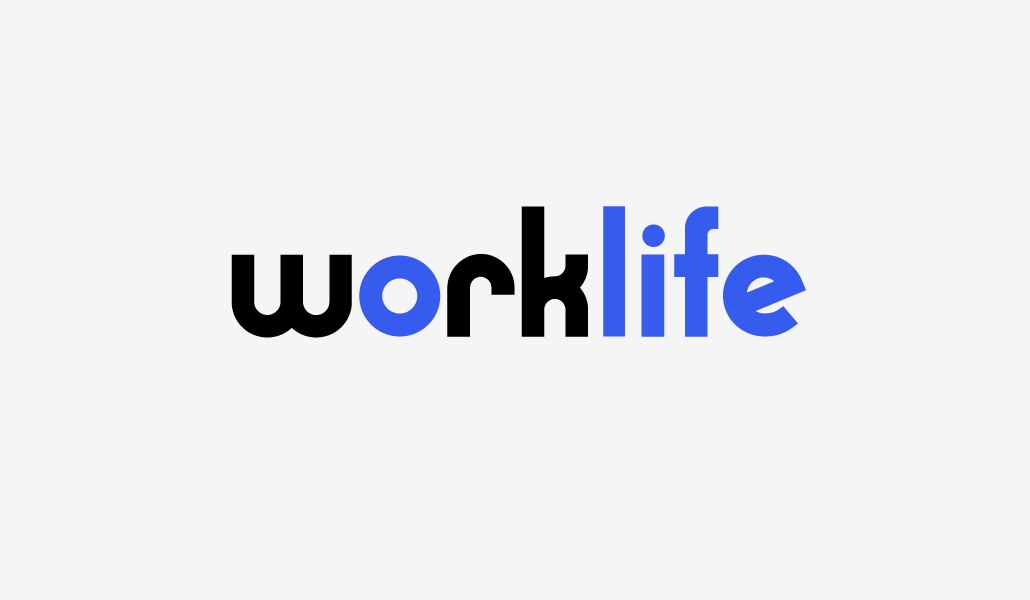Todd Katz, executive vice president, head of group benefits, MetLife
Between the pressures of day-to-day life, compounded by macro-level stressors, many employees are understandably overwhelmed — and some are even caught in a state of permacrisis, the word cornered for the feeling of persistent crisis.
MetLife’s 2024 US Employee Benefit Trends Study (EBTS) found that employees are more likely to experience negative feelings at and outside of work than they were before the pandemic. As uncertainty in both environments continues to rise, employers must understand and recognize how these variables impact employees’ professional and personal lives.
In 2023, MetLife’s research found that the best way for employers to support their workforce is to demonstrate employee care, a key driver of holistic health and business outcomes. This year’s study reveals that the most impactful way to deploy employee care is during key moments in an individual’s life—with 76% of employees feeling cared for when their employer provides support in the moments that matter.
Employees are now coming to expect care delivery from their employers both at work and outside of work. Ninety-two percent of employees expect their employers to care for them at work, and 79% expect care during their personal life moments.
The challenge is that despite employee expectations, there are many work and life moments when employees report not feeling supported by their employer. Although some of these moments may be less visible or occur outside of work, employers should consider ways to address these gaps to demonstrate employee care for improved morale and performance.
Employees need support when facing key life moments
Employee care is often demonstrated in the workplace during positive moments, such as promotions or when someone takes on a leadership role. However, employers must recognize the importance of supporting employees more holistically and substantially inside and outside work.
For instance, MetLife’s research shows that care delivery gaps outside work are most pronounced during life moments such as significant unplanned financial stress (38% gap) or an ongoing mental health condition (30% gap). A lack of care delivery during these moments can adversely impact talent outcomes. Employees who don’t feel cared for when they’re facing an ongoing mental health condition, for example, are 31% less likely to be loyal.
Employers can respond to an experience like this by providing employees with mental health resources and employee assistance programs and creating a supportive culture and an empathetic environment that promotes work-life balance. By doing so, employers can positively shape employees’ feelings of care when these situations arise.
Intentional care and benefits are essential to the employee experience
Effective employer care delivery can positively impact business outcomes. For example, employees who feel cared for are 60% more likely to intend to stay at their organization in 12 months and 55% more likely to feel productive while working.
To successfully meet employee expectations of care delivery, employers must consider the spectrum of events employees experience and how to enhance care delivery during these touchpoints.
While some care responses are straightforward and routine (eg, offering employees the option to take a sick day when unexpected), other moments — particularly less visible ones — require a more comprehensive care delivery strategy.
Although employees might experience similar life or work moments, there often isn’t a “one size fits all” solution, so access to a range of benefits, resources and programs can help employees decide which tools would be most beneficial to them and their unique situation. That said, it’s not enough just to offer these benefits as part of an employee care delivery strategy — effective communication about the availability of benefits and how to use them is critical to ensure employees get the most value out of their benefits.
In fact, 57% of employees who choose and successfully use their voluntary benefits are holistically healthy, compared to 34% of employees who are not offered voluntary benefits. Put simply, the best way to care for employees is to ensure they understand and maximize their benefits.
Delivering an effective care strategy improves talent and business outcomes
Against a backdrop of ongoing life and work stressors, employers have a role in supporting their workforce and the key moments that impact the employee experience. Between competing work and life priorities, in parallel with persistent macro-level stressors, employee expectations of employer care delivery will only continue to grow.
With that in mind, employers must continuously evaluate how they deliver care across professional and personal experiences. When extend employers care to the key moments that matter to employees, they can improve talent and business outcomes.
Sponsored by MetLife


